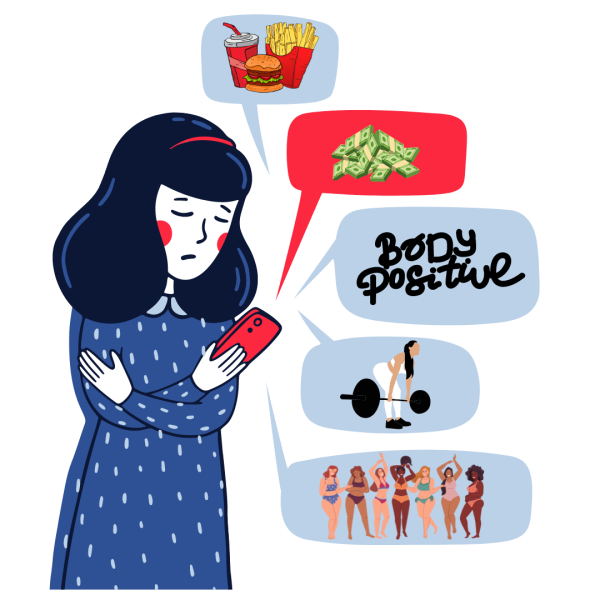The Gender Hypocrisy
When you meet someone for the first time, there are a few things you’re likely to notice: their outfit, their hair, and the gender you perceive them to align with. For this reason, when someone doesn’t align with the typical appearance of either male or female, people become uncomfortable.
If a male student walked onto campus wearing a skirt and high heels, many students would be confused, and frustrated at him for not fitting into a societal box.
If a female student cut her hair short and wore no makeup, some students may feel the same confusion and frustration.
When those who judge others truly ask themselves the reason for their judgement, they will find there is no substance to it, save for the longstanding societal tradition of gender standards.
In this way, those of all genders are caged by a binary limitation that is the traditional notion of gender.
We, as humanity, define who we are through the contents of our minds, not through the sex assigned at birth — no matter whether we identify with this sex or not.
The words “gender standards” have a stigma; they’re typically yelled at a feminist rally, and written off as conspiracy.
But, gender standards have a quiet validity, as they seep into the lives of those of all genders, restraining us all and benefitting no one.
A “double standard” truly means: that which can be done by one group of people is considered acceptable and encouraged, but, when done by another group, it is considered taboo.
This exists with the example of wearing a skirt or cutting one’s hair short.
This exists, too, with wearing makeup, making art, wanting or not wanting to have kids, showing emotion, and myriad else.
In this manner, men are hurt by gender standards, too, for the only thing gender standards provide is limitation to free expression.

In the First Amendment to the Constitution, we are technically granted freedom to express ourselves. But, with this rationale, our peers’ criticism towers over the law, stifling creativity and ability to exist uniquely.
While California may be a progressive state, there is room for advancement. Double standards abound in Palos Verdes, exemplified by school dance tradition and casual conversation, alike.
With the instances of prom and formal, boys can typically be found holding the poster.
Upon further venture, there is no genuine reason for this male-held role, other than “That’s just the way it is.”
This year’s winter formal follows the Sadie Hawkins’ tradition, which encourages girls to procure dates.
The necessity for such a theme exposes the sexism so deeply engrained in our society, as it proves the infrequency of a girl asking a boy to the dance.
I hope this theme will show girls that they have the ability to make the first move and not simply abide by standards set by those who came before them.
While this theme is a step in the right direction, it ignores the possibility that girls might ask girls, or boys might ask boys, or people of any gender might ask each other.
For this reason, the perpetuation of gender standards is unhealthy to the increasingly liberated LGBTQ+ community.
Half of society is doing away with the gender binary, while the other is held back by traditions of yesteryear, creating conflicts for all.
Gender standards and society seem to be inextricably-linked, but resistance in one’s daily life is possible, primarily through questioning everything and seeking the root of all set standards.






